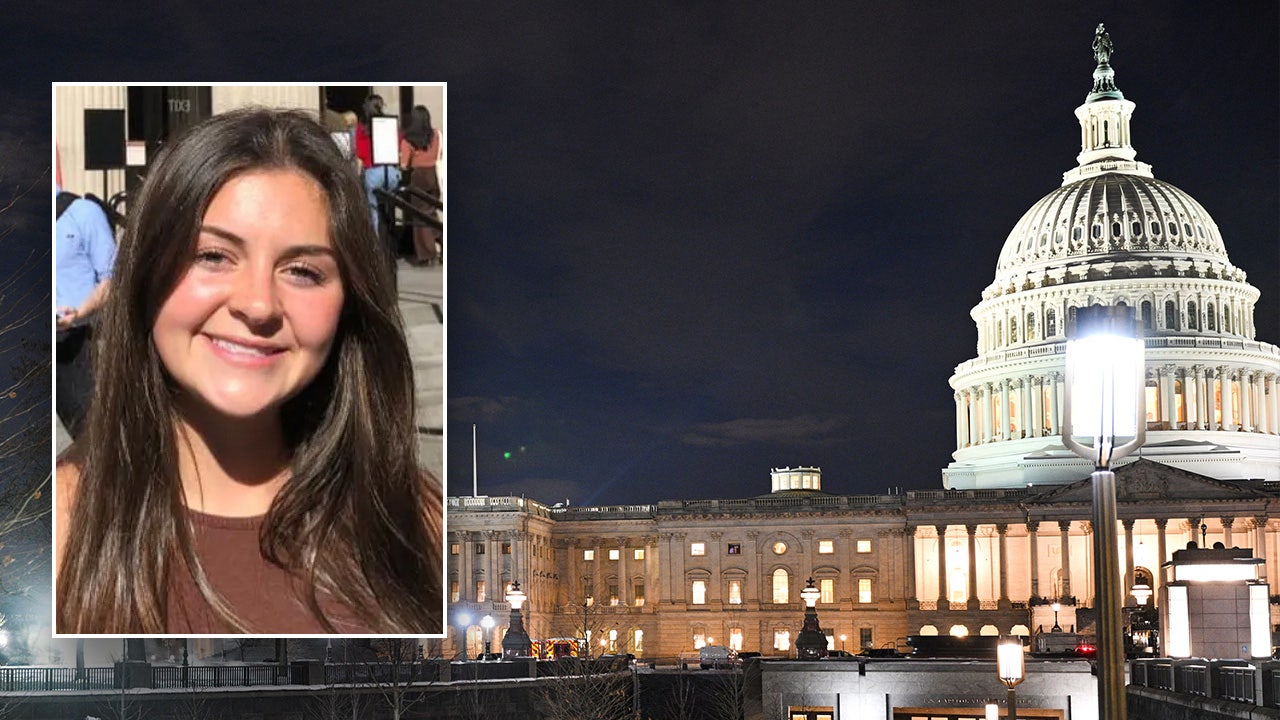The Lebanese Muhammad Nassif (57 years old) from the town of Shebaa on the border with Israel narrates the journey of his professional transformation from a “tourist representative” to an “artist” who discovered his talent by transforming the fragments and remnants of the war between Lebanon and Israel since 1973 into artistic masterpieces in the form of models of trees and visual slogans.
Nassif discovered his passion for art and creativity during his frequent visits to one of the tourist attractions near the border town of Shebaa with Israel, and he witnessed many wars.
In order to transform them into artistic sculptures that inspire hope in hearts, the Lebanese Muhammad Nassif continues to collect fragments of deadly shells resulting from the ongoing clashes and confrontations between Hezbollah and Israel since last October 8 on the southern border of Lebanon.
Nassif lives in the town of Shebaa, which has a unique location on the Lebanese-Syrian-Palestinian border triangle. The occupied Lebanese Shebaa Farms is an area occupied by Israel and disputed between Lebanon, Syria and Palestine.
And in solidarity with Gaza stripHezbollah and Palestinian factions in Lebanon have exchanged intermittent daily bombardment with the Israeli army since October 8, resulting in dozens of deaths and injuries on both sides of the border.
Aesthetic sculptures that reflect art and life
As is the case with every Lebanese who lived through the war, Nassif saw the shells and their iron remnants that spread death and terror in every region, and sometimes left their deadly effects on people’s bodies. He decided to turn the remains of “killing machines” into Aesthetic models Reflecting art and life.
Muhammad Nassif – who began his career as a tourist representative – discovered his passion for art and creativity during his frequent visits to one of the tourist attractions near his border town, which witnessed many wars.
Nassif turned into a collector in the town of shell fragments found in abundance in “Jabal al-Sheikh” (Mount Hermon) (south), where he skillfully transforms them into sculptures and artistic masterpieces that reflect the strength of will and the spirit of challenge, according to Anadolu.
He was able to transform the fragments, which symbolize death for many, into models such as “the cedar,” the tree of Lebanon, the model of Jerusalem, crosses, and the United Nations logo, which symbolizes peace.
From a tourist representative to a collector of fragments
In this context, Nassif narrated his journey to discover his talent for turning fragments into artistic masterpieces. He said that when he visited Mount Hermon, which is a tourist attraction, he saw large quantities of almost tons of fragments scattered on the ground and remaining since the 1973 war between the Syrian and Israeli armies.
He added: I began collecting them from the mountain to make artistic masterpieces such as cedar trees, crosses, the United Nations logo, the Aqrabah emblem used by the Austrian battalion that was operating within the UNDOF forces in Mount Hermon (Mount Hermon), and many other works of art.
From a killing machine to a “masterpiece”
Regarding the goal of his work, Nassif explained that he wants to “turn the shrapnel that kills a person into a masterpiece that is displayed in the home of its recipients.”
He pointed out that there is also an environmental goal for his work, because he collects them from places where people go and could harm anyone, especially those who love walking in the fields and livestock herders.
He pointed out that fragments are falling today in many areas of the southern Lebanese border following the outbreak of confrontations between Hezbollah and Israel since last October 7 for the first time since. 2006 warHe continued, “I have not collected shrapnel since the 2006 war for fear of being contaminated with uranium, which could cause harm to my family.”
Sculptures sold locally and abroad
Nassif went on to say, “After people witnessed the current war in Lebanon and Gaza, the local demand for models has become much greater than in the past, after they were only in demand by tourists.”
He pointed out that he benefited from the presence of UNIFIL soldiers in the towns of Shebaa, especially the Norwegian battalion (1978 and 1998), and after their return to their country, they asked him to send them the models to Norway due to their knowledge of this type of art.
The Israeli army has been launching attacks since October 7 A devastating war on Gaza As of yesterday, Sunday, it left 22,835 martyrs, 58,416 wounded, massive infrastructure destruction, and an unprecedented humanitarian disaster, according to the Gaza Strip authorities and the United Nations.






